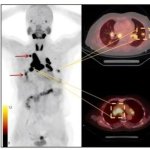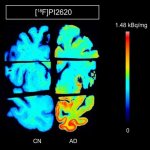
News • Evaluating tadiotheranostic targets
Endometrial cancer: new markers for PET imaging
Researchers explored two promising new biomarkers as potential radiotheranostic targets for endometrial cancer. This could help identify patients who are likely to respond to targeted therapeutics.


























